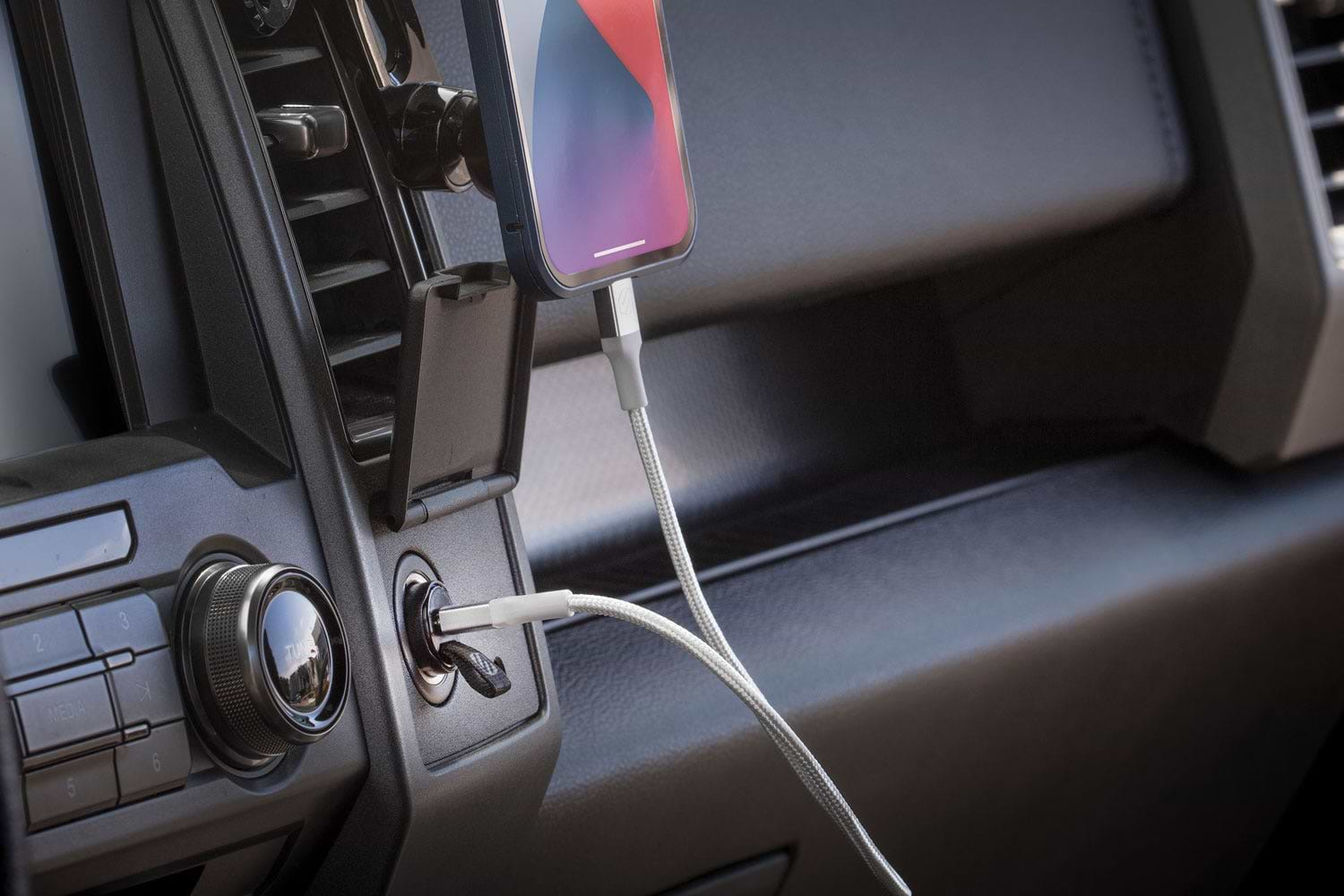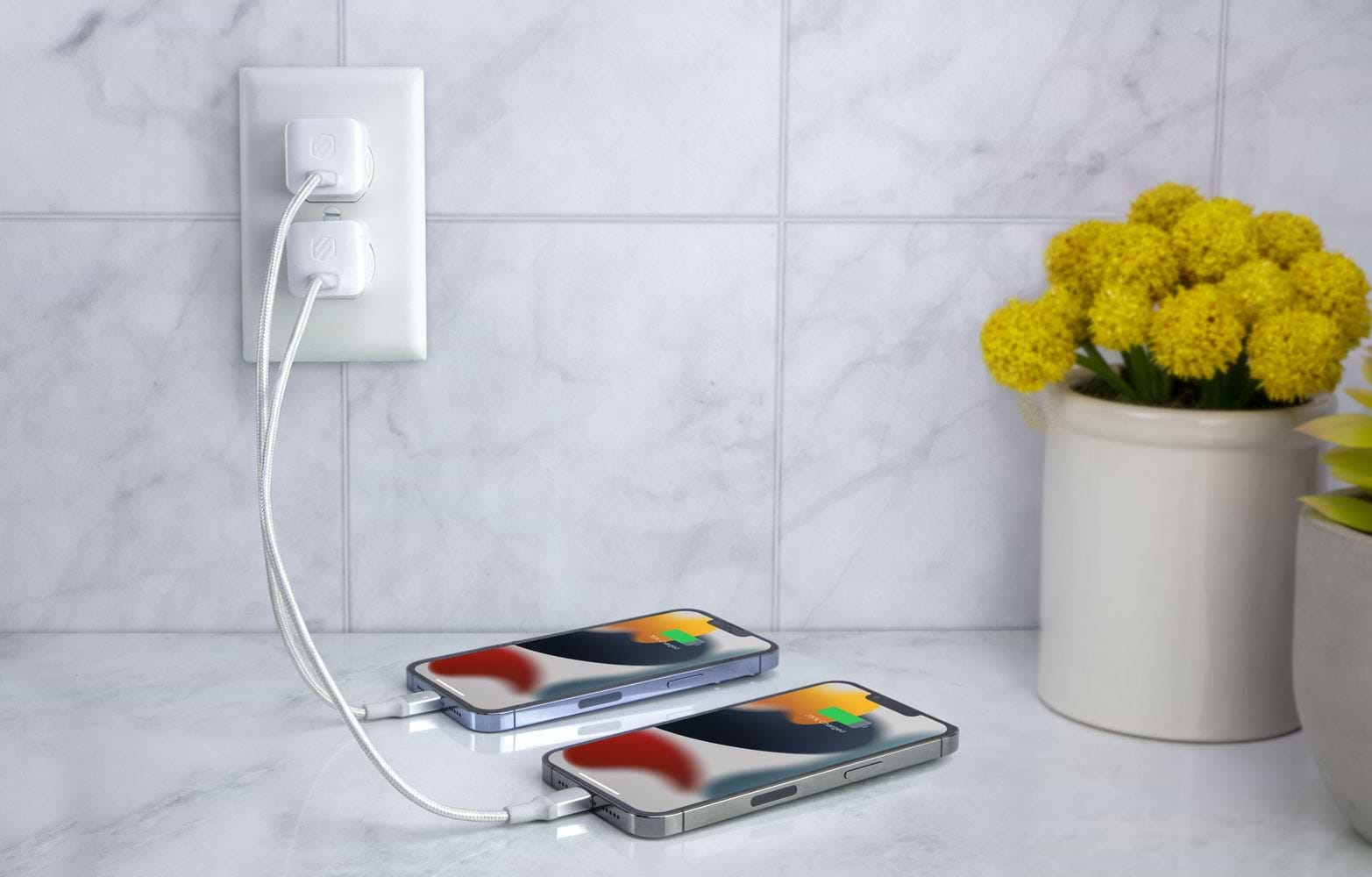Fast Charging Impact in Low Power Mode: Analysis

Fast charging has become an essential feature in modern smartphones, enabling users to quickly recharge their devices and get back to their daily activities. However, the impact of fast charging becomes more pronounced when utilized in conjunction with low-power mode.
In this article, we will delve into the concept of fast charging, explore the intricacies of low power mode, examine the technical aspects of fast charging in low power mode, and discuss the benefits and drawbacks associated with this combination. Furthermore, we will explore the potential future advancements in charging technologies and their implications.
Understanding Fast Charging and Low Power Mode
The Concept of Fast Charging
Fast charging is a technology that allows devices to charge at an accelerated rate, reducing the time required for a full charge. It achieves this by increasing the power flow from the charger to the device, boosting the charging speed substantially. This technology has revolutionized the charging experience, alleviating the frustration of prolonged charging times.
When it comes to fast charging, there are different technologies available in the market. One of the most popular ones is Qualcomm's Quick Charge, which is compatible with a wide range of devices. Quick Charge technology utilizes a higher voltage to deliver more power to the device, resulting in faster charging times. This technology is designed to be efficient and safe, with built-in mechanisms to prevent overheating and overcharging.
Another fast charging technology that has gained popularity is USB Power Delivery (USB-PD). USB-PD is a universal charging standard that allows devices to negotiate the charging voltage and current, delivering the optimal power for fast charging. This technology is not limited to smartphones but is also used in laptops, tablets, and other devices that support USB-C.
What Is Low Power Mode?
Low power mode is a feature found in many smartphones that aims to conserve battery life by limiting various functionalities of the device. It is commonly activated when the battery level reaches a certain threshold, ensuring that the device remains operational for an extended period, even with limited battery capacity. Low power mode achieves this by reducing background activity, disabling certain visual effects, and limiting performance to essential tasks.
When low power mode is enabled, the device takes several measures to optimize power consumption. It reduces the device's brightness, which not only saves battery but also puts less strain on the user's eyes in low-light conditions. Additionally, it disables automatic email fetching and background app refresh, preventing unnecessary data usage and conserving battery life.
Furthermore, low power mode adjusts the device's performance to prioritize essential tasks. It limits the CPU speed, reducing the power consumption of the device. This means that certain tasks, such as gaming or video editing, may not perform as smoothly as they would in normal mode. However, low power mode ensures the device can still handle basic functions like making calls, sending messages, and browsing the web.
It's worth noting that low-power mode is not a permanent solution but rather a temporary measure to extend battery life until the device can be charged. Once the device is connected to a power source, it automatically disables low-power mode and resumes normal operation.
In conclusion, fast charging and low power mode are two features that enhance the user experience by addressing the common challenges associated with battery life. Fast charging allows for quicker charging times, while low power mode conserves battery life when it is running low. These technologies have become essential in our increasingly mobile-dependent lives, ensuring that our devices remain powered and operational when needed.
The Intersection of Fast Charging and Low Power Mode
Fast charging in low power mode functions by delivering an accelerated charge to the device while still maintaining the power-saving features of low power mode. This combination allows users to benefit from reduced charging times without compromising the device's battery life. It is a synergy that ensures both efficiency and longevity.
How Fast Charging Works in Low Power Mode
Fast charging technology has revolutionized the way we charge our devices. By utilizing higher voltage and current, fast charging enables a much faster transfer of energy from the charging source to the device's battery. This means that even in low power mode, where the device is conserving energy by reducing background processes and screen brightness, the charging process is accelerated.
When a device is in low power mode, it enters a state of reduced power consumption. This mode limits background app refresh, disables automatic downloads, and reduces visual effects, among other things. However, the device still needs to be charged to ensure uninterrupted usage. Fast charging in low power mode recognizes this need and optimizes the charging process to deliver a quick and efficient charge.
During fast charging in low power mode, the charging circuitry of the device detects the lower power consumption and adjusts the charging parameters accordingly. It increases the charging current to compensate for the reduced power draw, ensuring that the device receives the required amount of energy in a shorter time. This intelligent adaptation allows users to recharge their devices swiftly, even when in low-power mode.


The Impact of Fast Charging on Low Power Mode
When fast charging is utilized in low-power mode, the impact is twofold. On one hand, the reduced charging time offers convenience to users, enabling them to quickly recharge their devices and resume their activities. This is especially beneficial in situations where time is of the essence, such as when traveling or during a busy day.
On the other hand, the more rapid charging may affect the overall battery health and longevity. Lithium-ion batteries, which are commonly used in smartphones and other portable devices, have a limited number of charge cycles before their capacity starts to degrade. The accelerated charging process in low-power mode may increase the stress on the battery, potentially reducing its lifespan over time.
Users need to be aware of this trade-off and make informed decisions about when to utilize fast charging in low-power mode. For everyday use, it may be more beneficial to charge the device at a regular pace to ensure the longevity of the battery. However, in situations where time is of the essence, fast charging in low-power mode can be a valuable feature to have.
Manufacturers are continuously working on improving battery technology to mitigate the potential negative effects of fast charging on battery health. This includes implementing advanced charging algorithms that optimize the charging process based on the battery's condition and capacity. Additionally, some devices offer customizable charging settings, allowing users to choose between fast charging and slower, more gentle charging depending on their needs.
In conclusion, the intersection of fast charging and low power mode offers users a convenient way to recharge their devices quickly while still benefiting from power-saving features. However, it is important to consider the potential impact on battery health and make informed decisions about when to utilize fast charging in low-power mode. By understanding the technology behind fast charging and staying informed about battery care, users can maximize the efficiency and longevity of their devices.
Technical Aspects of Fast Charging in Low Power Mode
The Role of Battery Chemistry
Battery chemistry plays a crucial role in the fast charging capabilities of a device. Different battery chemistries possess varying characteristics that influence their charging speed and efficiency. Lithium-ion batteries, commonly found in smartphones, respond well to fast charging techniques, allowing for rapid replenishment of energy.
When it comes to fast charging, the chemistry of the battery determines how quickly it can accept and store energy. Lithium-ion batteries have a high energy density, which means they can store more energy in a smaller space. This allows for faster charging times compared to other battery chemistries.
In addition to their high energy density, lithium-ion batteries also have a low self-discharge rate. This means that they can retain their charge for longer periods, making them ideal for fast charging. The low self-discharge rate ensures that the battery does not lose a significant amount of charge while waiting to be charged, resulting in a more efficient charging process.
Furthermore, lithium-ion batteries have a relatively low internal resistance. This means that they can accept a higher charging current without overheating or damaging the battery. The low internal resistance allows for faster charging speeds without compromising the overall health and longevity of the battery.
The Influence of Device Hardware
Device hardware also plays a significant role in fast charging capabilities. The charger, charging cable, and the internal components of the device must work harmoniously to facilitate an optimal fast charging experience. Compatibility between these components ensures efficient power delivery and minimizes the risk of overheating or other potential issues.
When it comes to fast charging, the charger and charging cable are crucial components. A high-quality charger and cable can provide the necessary power and maintain a stable connection, allowing for faster charging speeds. Cheap or faulty chargers and cables may not be able to deliver the required power, resulting in slower charging times.
Internal components of the device, such as the charging circuitry and power management system, also play a vital role in fast charging. These components are responsible for regulating the power flow and ensuring that the battery receives the optimal charging current. Efficient power management systems can monitor and adjust the charging process to maximize charging speed while protecting the battery from potential damage.
Additionally, the design and construction of the device itself can impact fast charging capabilities. Devices with efficient heat dissipation systems can prevent overheating during fast charging, ensuring the safety and longevity of the battery. The placement of charging ports and the overall design of the device can also affect the ease and convenience of fast charging.
Benefits and Drawbacks of Fast Charging in Low Power Mode
Advantages of Fast Charging in Low Power Mode
- Convenience: Fast charging in low power mode lets users get their devices up and running quickly, ensuring they can stay connected and productive.
- Energy Efficiency: Despite the accelerated charging speed, fast charging in low power mode still maintains energy-saving features, helping conserve battery life over time.
- User satisfaction: By combining fast charging and low power mode, manufacturers can enhance the user experience, offering a practical and efficient solution to charge their devices.
Potential Issues With Fast Charging in Low Power Mode
- Battery Degradation: Rapid charging can contribute to battery degradation over time, potentially leading to reduced capacity and overall battery health.
- Heat Generation: Fast charging may generate more heat than regular charging, necessitating efficient heat dissipation mechanisms to prevent any adverse effects on device performance.
- Compatibility: Not all devices and chargers support fast charging in low-power mode. Users must ensure compatibility to avoid potential risks or damage to the device.
Future Perspectives on Fast Charging and Low Power Mode
Technological Advances and Their Implications
As technology continues to advance, we can anticipate further improvements in fast charging and low-power mode. Innovations such as advanced battery materials, optimized charging algorithms, and refined heat management systems may mitigate the potential drawbacks associated with fast charging and enhance the overall user experience.
Predictions for Future Charging Technologies
Looking ahead, future charging technologies hold promising opportunities. Wireless charging, ultra-fast charging, and even portable charging solutions may revolutionize the way we power our devices. As these technologies evolve and become more accessible, users can expect more efficient and sustainable charging options.
In conclusion, the combination of fast charging and low power mode offers users a convenient way to recharge their devices quickly while still conserving battery life. However, it is essential to weigh the advantages and drawbacks of this combination to make informed decisions. With ongoing technological advancements, we can anticipate exciting developments in charging technologies, ensuring a more seamless and efficient user experience for years to come.